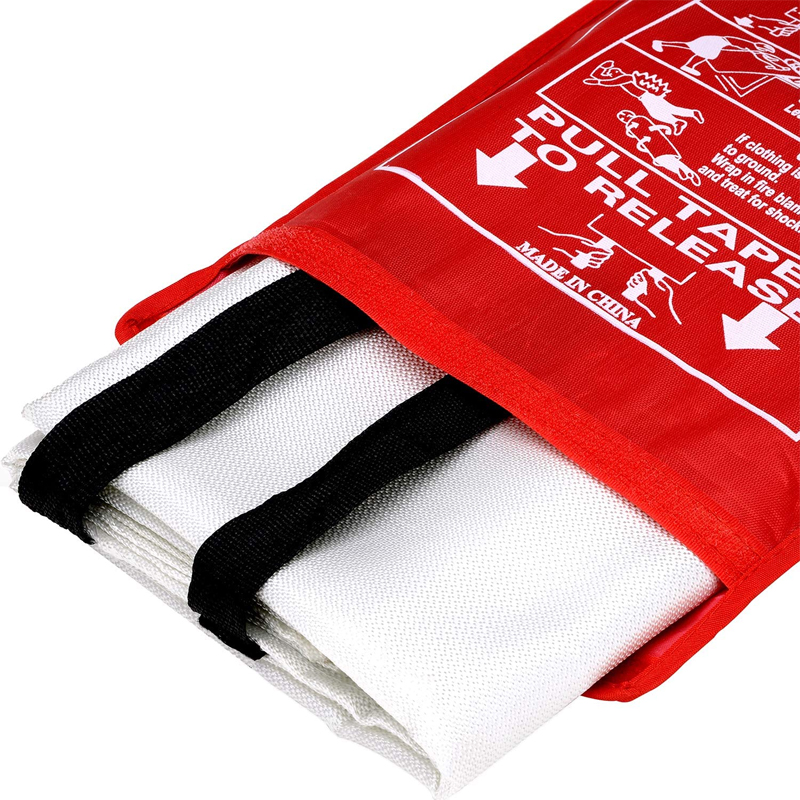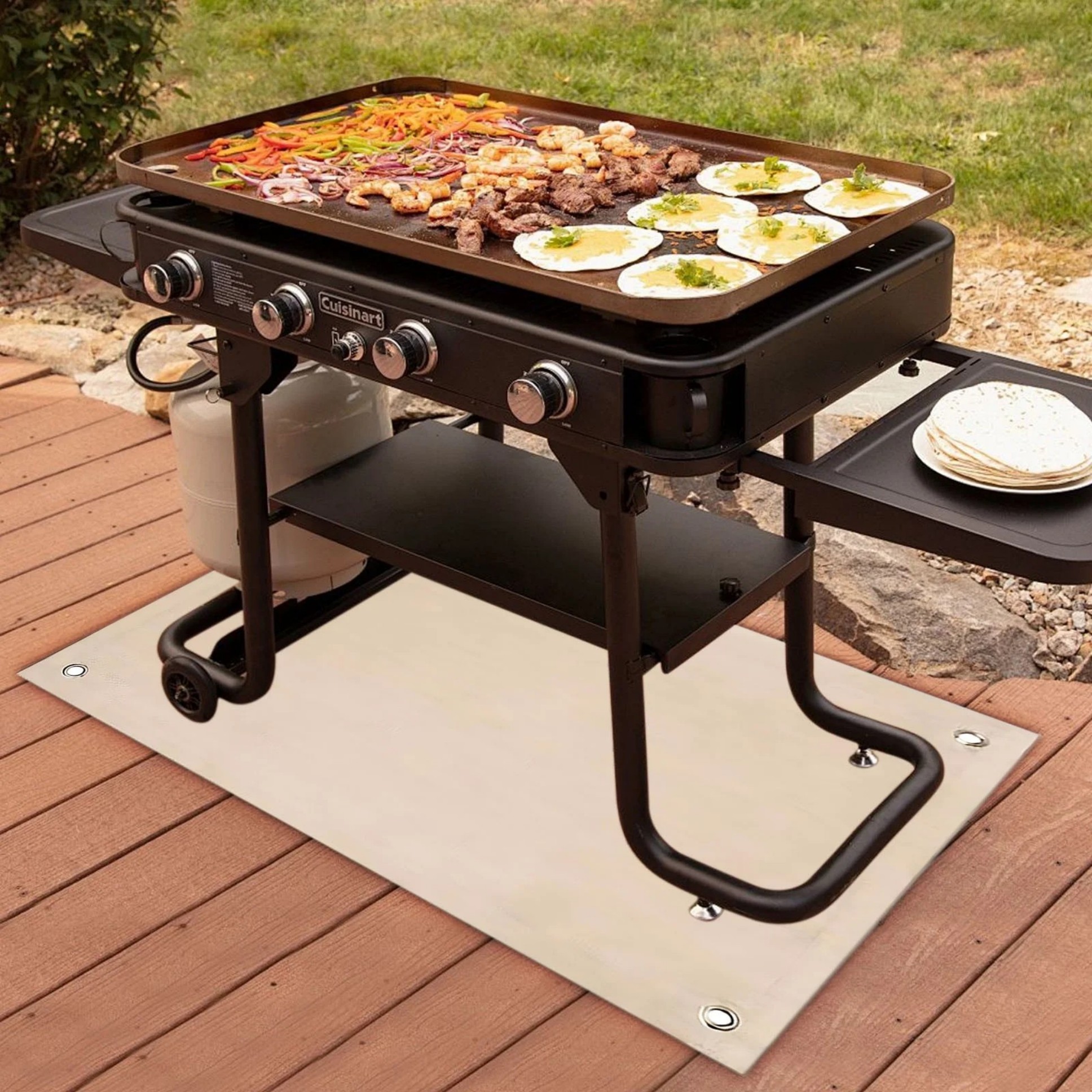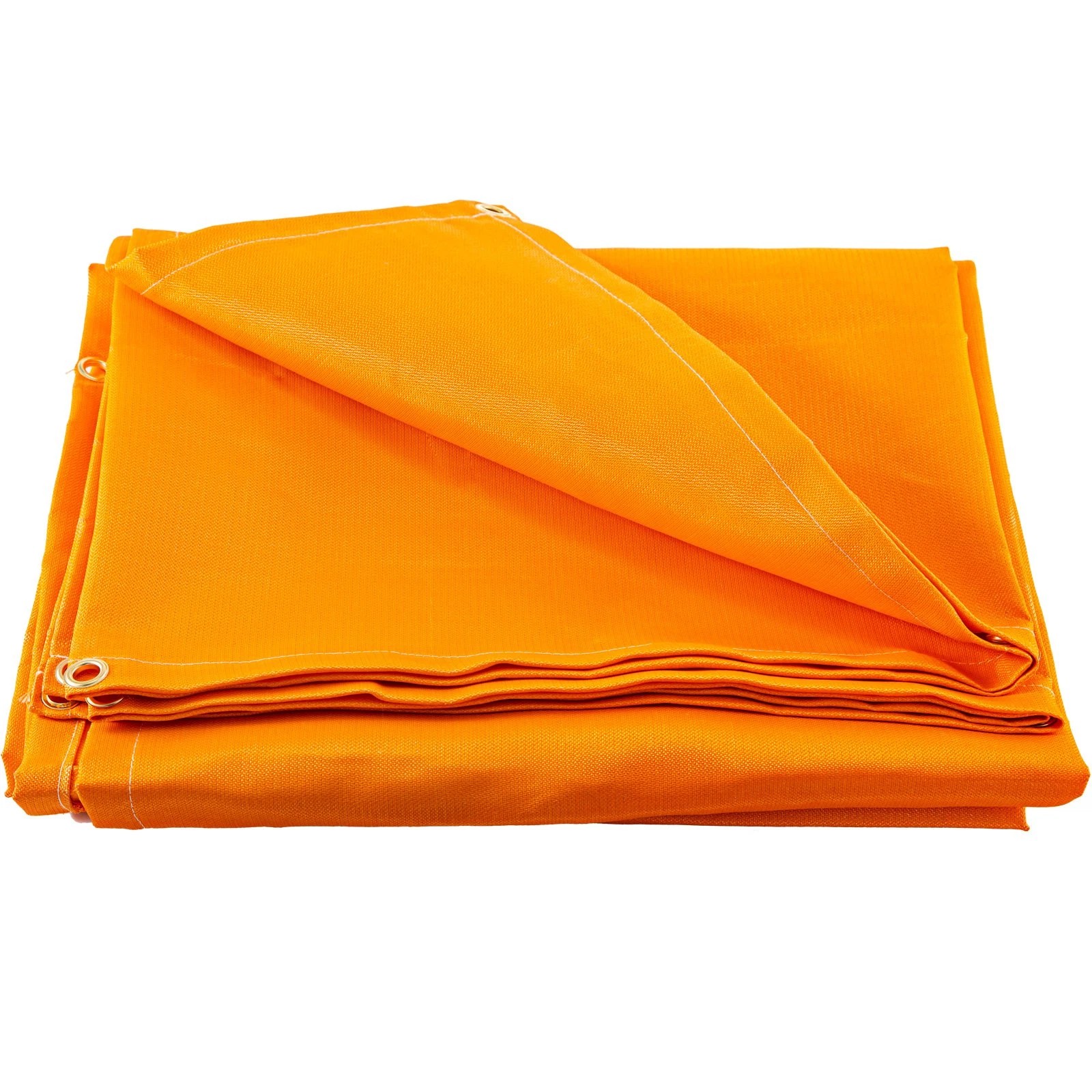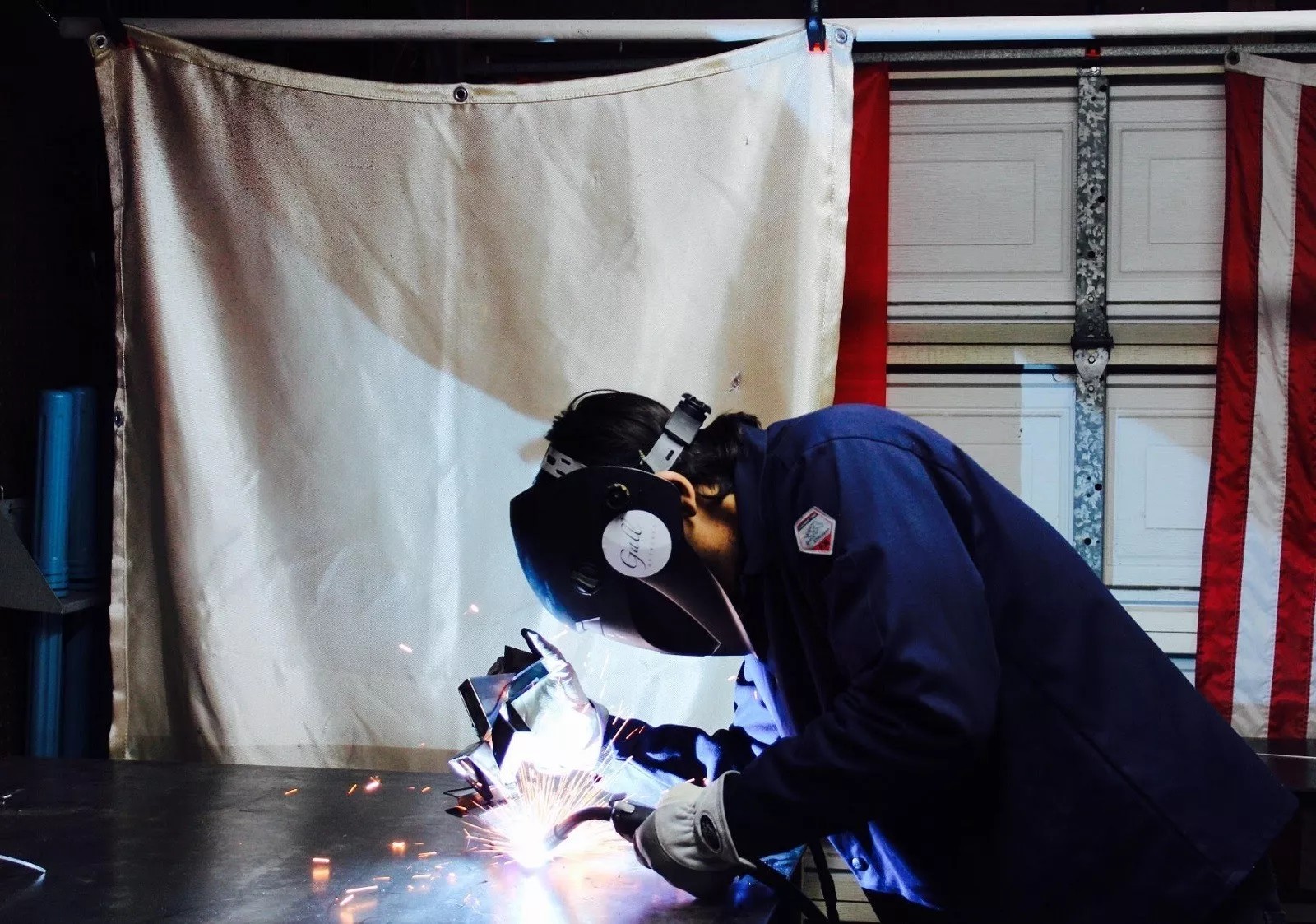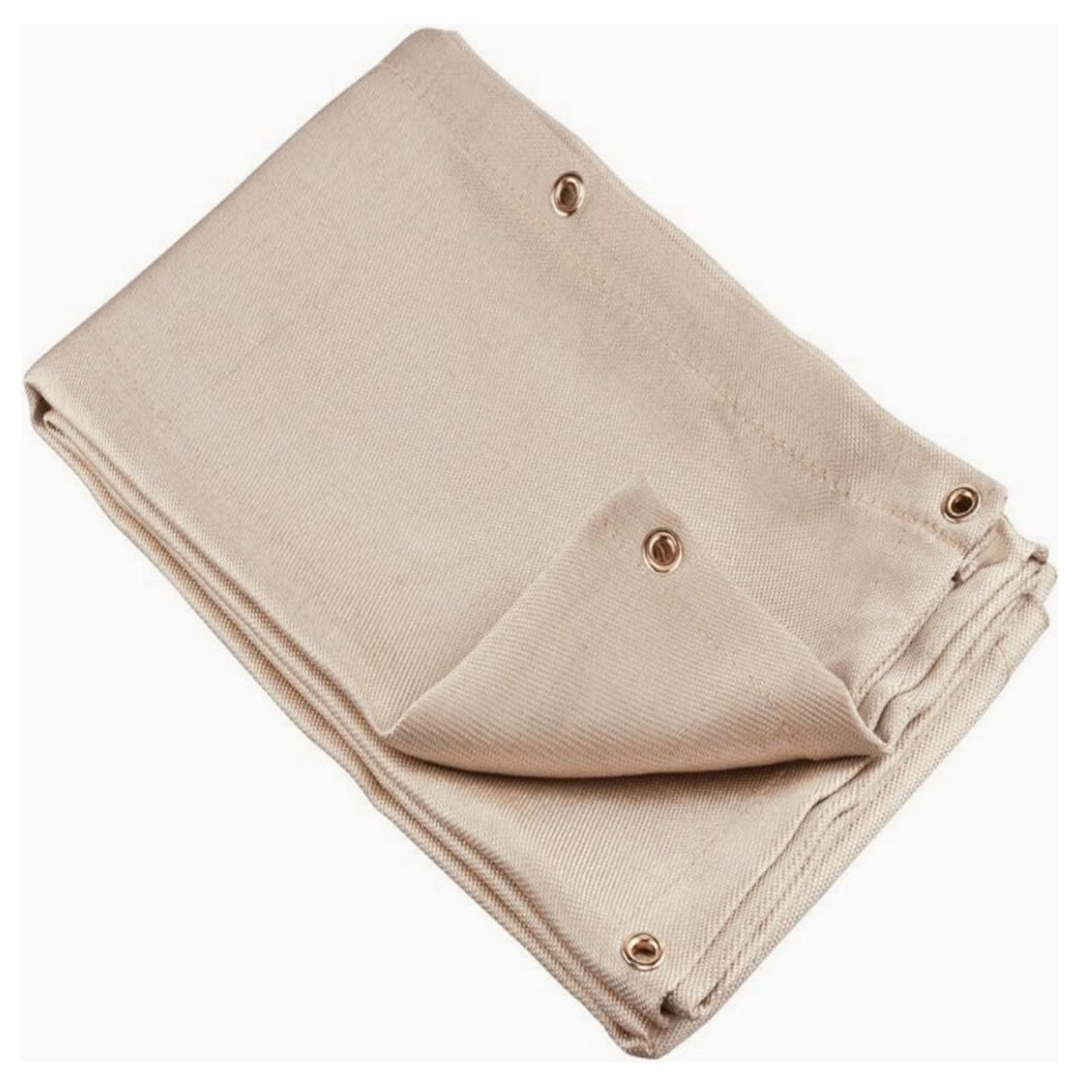Essential Safety Tools: How to Use a Fire Blanket and First Aid Kit Properly
This guide explains when and how to use fire blankets and first aid kits effectively. You'll learn proper techniques, maintenance tips, and why these tools are crucial for home and workplace safety.
Understanding Fire Blankets
Fire blankets are safety devices designed to extinguish small fires by smothering them. Made from flame-resistant materials like fiberglass, they cut off oxygen supply to flames. You should keep one in your kitchen, workshop, or any area with fire hazards.
To use a fire blanket properly, follow these steps: Pull the tabs to release it from its container, hold it by the corners with your hands protected behind the blanket, and gently place it over the flames. Never throw it - this could spread the fire. Leave the blanket in place for at least 15 minutes to ensure the fire is completely out.
First Aid Kit Essentials
A well-stocked first aid kit is your first line of defense against injuries. Your kit should include adhesive bandages, sterile gauze pads, antiseptic wipes, medical tape, scissors, tweezers, disposable gloves, and basic medications like pain relievers. Check expiration dates monthly and replace used items immediately.
When treating wounds, always clean the area first with antiseptic. Apply pressure with sterile gauze to stop bleeding. For burns, cool the area with running water before covering with a non-stick dressing. Remember that first aid kits are for immediate care only - seek professional help for serious injuries.

When to Use Each Tool
Use your fire blanket for small contained fires like cooking oil flames, clothing fires, or small appliance fires. Never use water on grease fires - this makes them worse. Your first aid kit addresses cuts, burns, sprains, and other minor injuries until professional medical help arrives.

Combine both tools when dealing with burn injuries: First extinguish flames with the fire blanket, then treat burns from your first aid kit. Cool the burn with water for 10-15 minutes before applying sterile dressing.
Maintenance and Placement
Store your fire blanket in an easily accessible location near potential fire sources, but not too close that you can't reach it during a fire. First aid kits should be placed in central locations - consider having multiple kits in large homes or workplaces.
Inspect your fire blanket annually for damage. Replace it if the material shows any tears or the packaging is compromised. For first aid kits, check contents every 3-6 months and restock as needed. Mark expiration dates clearly on medications.
Training and Preparedness
Simply having these tools isn't enough - you need to know how to use them. Take a basic first aid course and fire safety training. Practice removing and deploying your fire blanket. Teach family members or coworkers where these tools are kept and how to use them.
Remember that fire blankets and first aid kits have limitations. Call emergency services for serious fires or medical situations. These tools buy you critical time until professionals arrive.
Choosing Quality Products
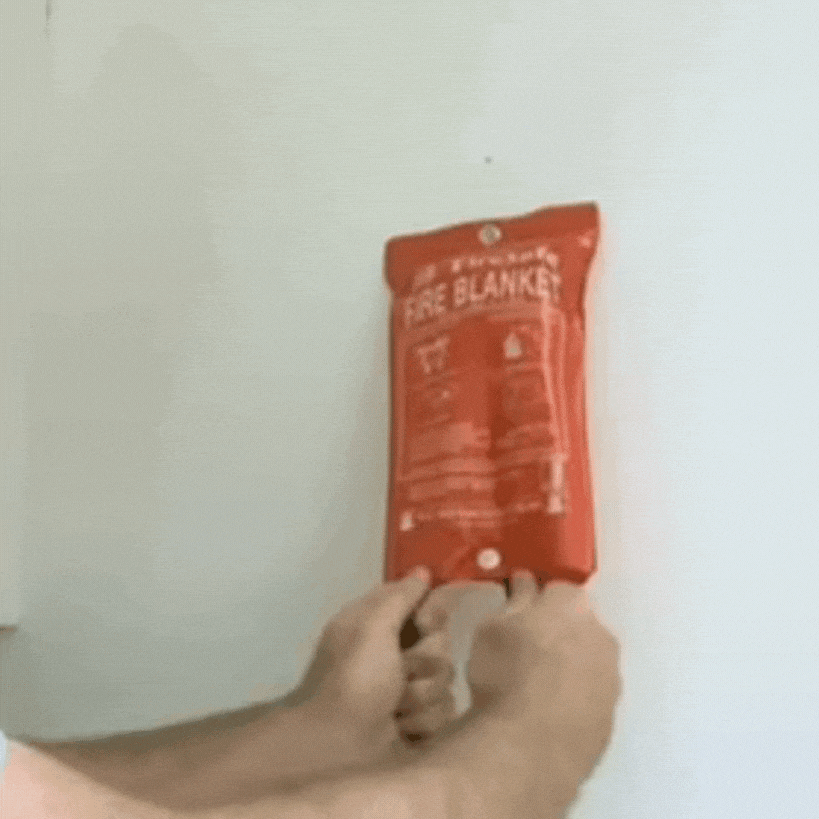
Select fire blankets that meet safety standards like EN 1869. Look for first aid kits with OSHA or ANSI compliance. Avoid cheap, poorly made products - your safety depends on these tools working when needed.
Consider specialized versions for different environments. Automotive first aid kits include items for car accidents. Industrial fire blankets are larger for workplace hazards. Tailor your safety equipment to your specific needs.


